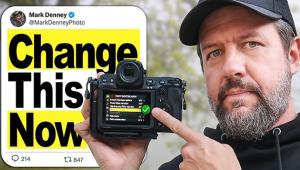Business Trends
Finding New Media Markets For Your Work
New media technology provides
one of the most important industry changes in the photography marketplace.
It is important because it creates many new job opportunities for photographers
who know how and where to look for the work. It is important because
new technologies, client mergers, and the proliferation of stock photography
sales have besieged the assignment photography marketplace. The answer
to having less work is to find out where the work is now, not simply
complain about it going elsewhere! |

















































